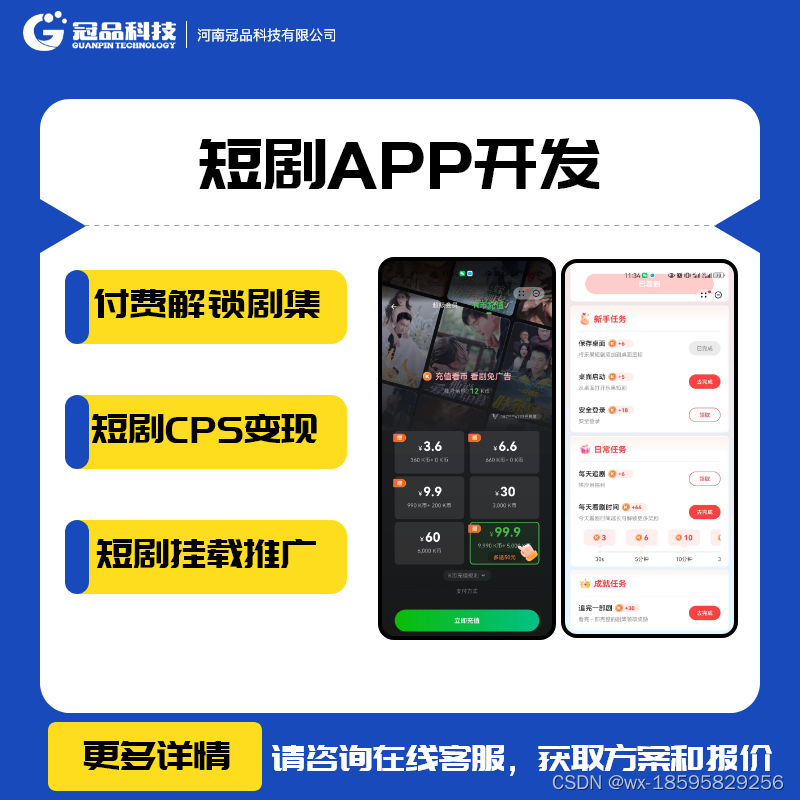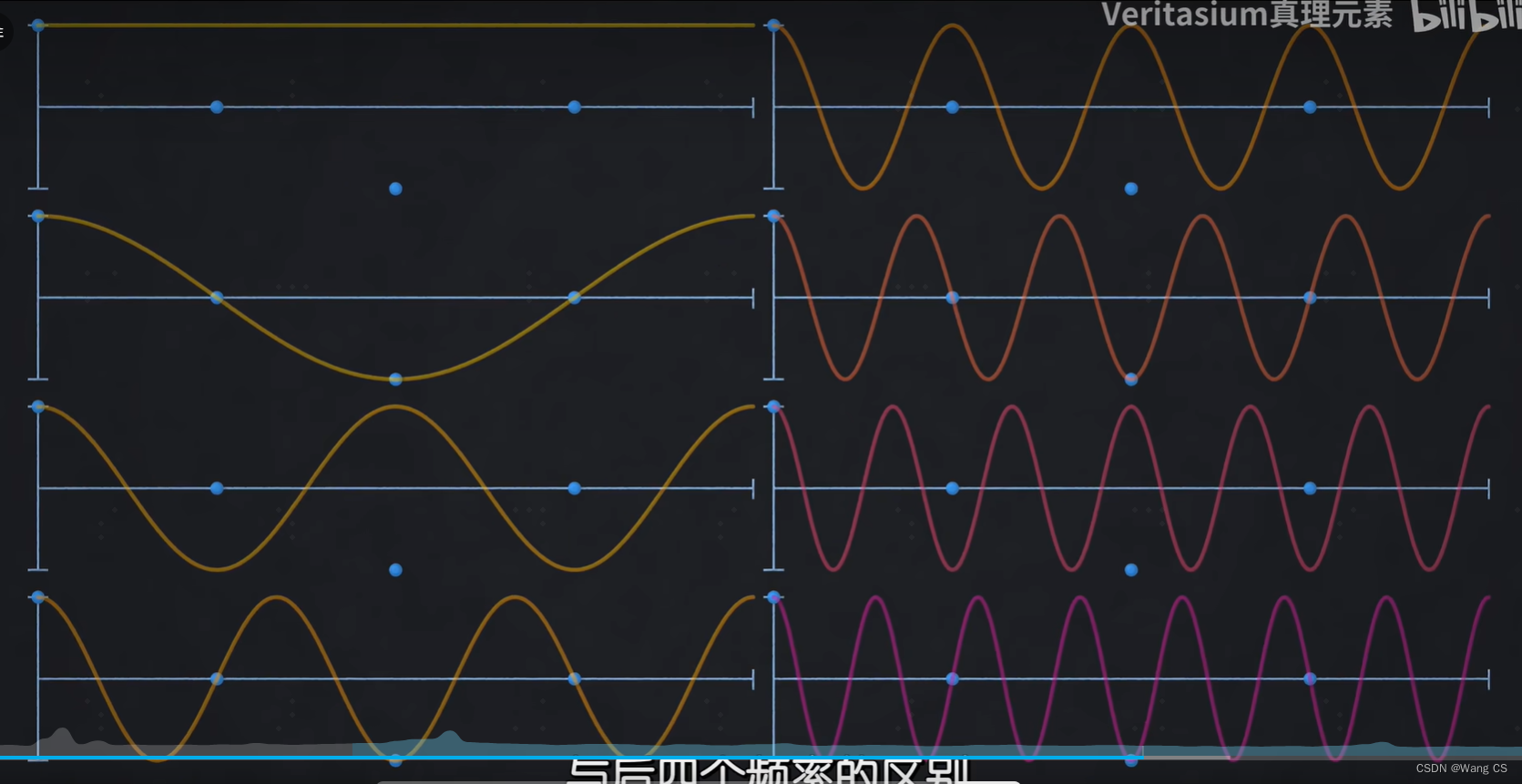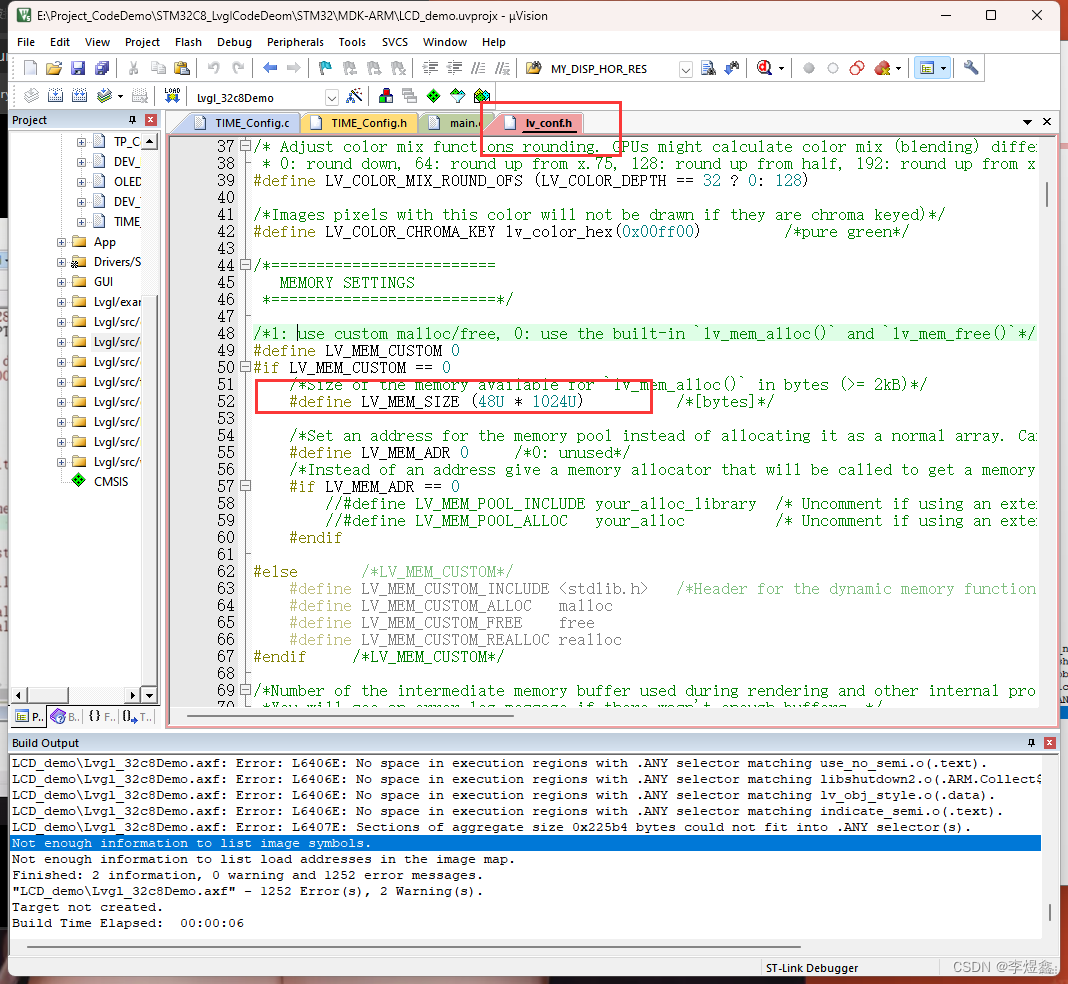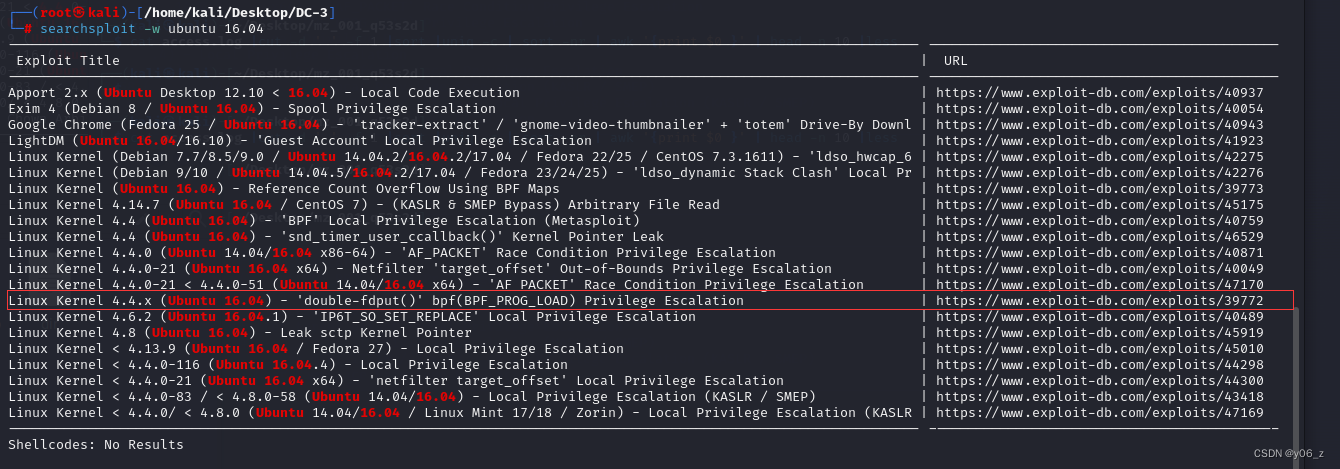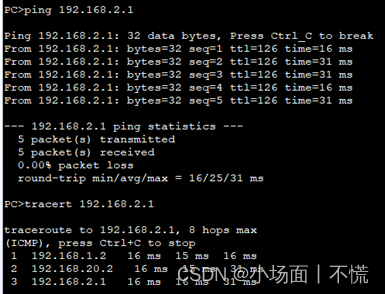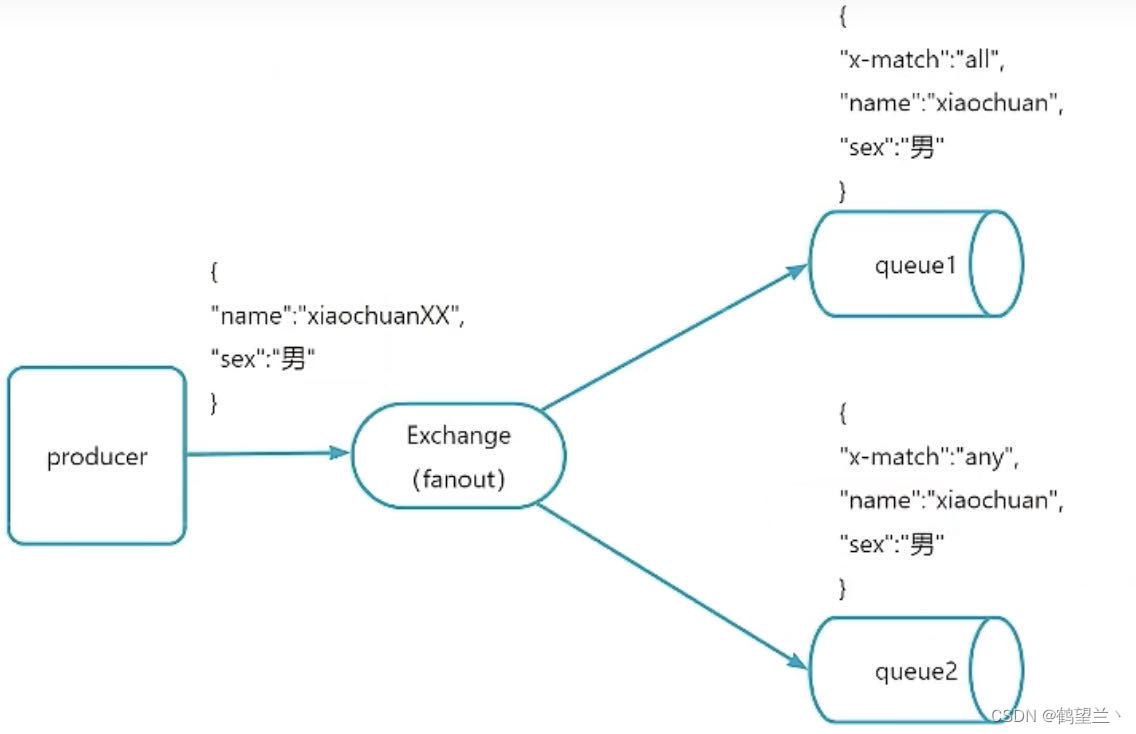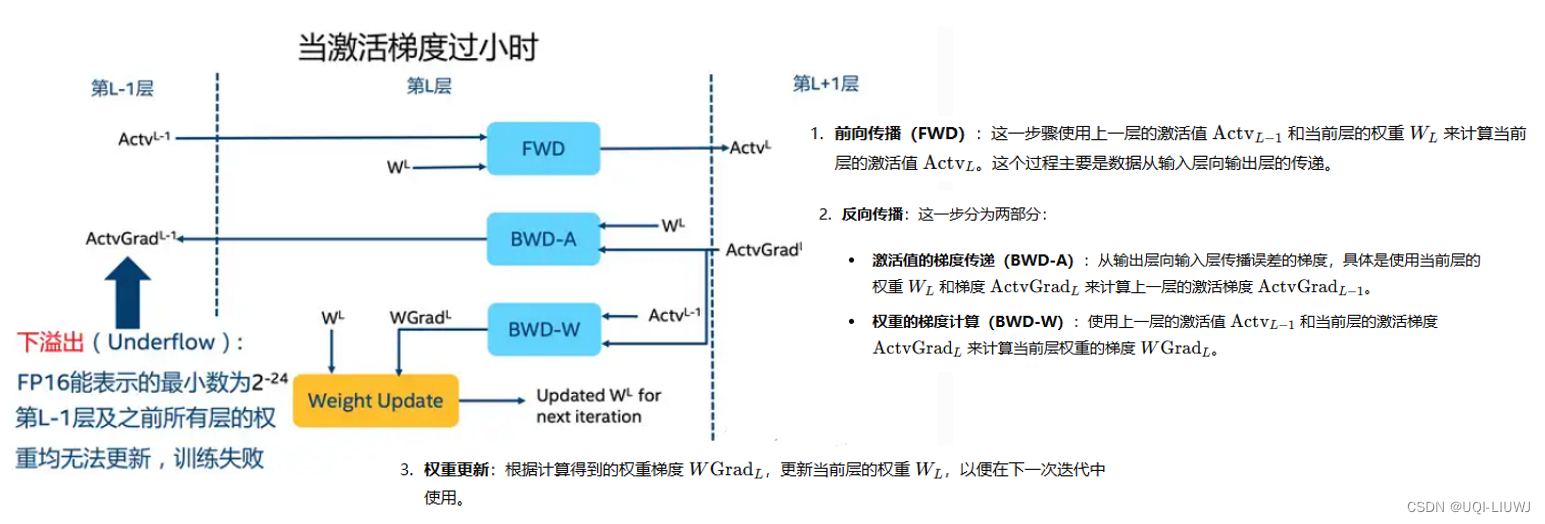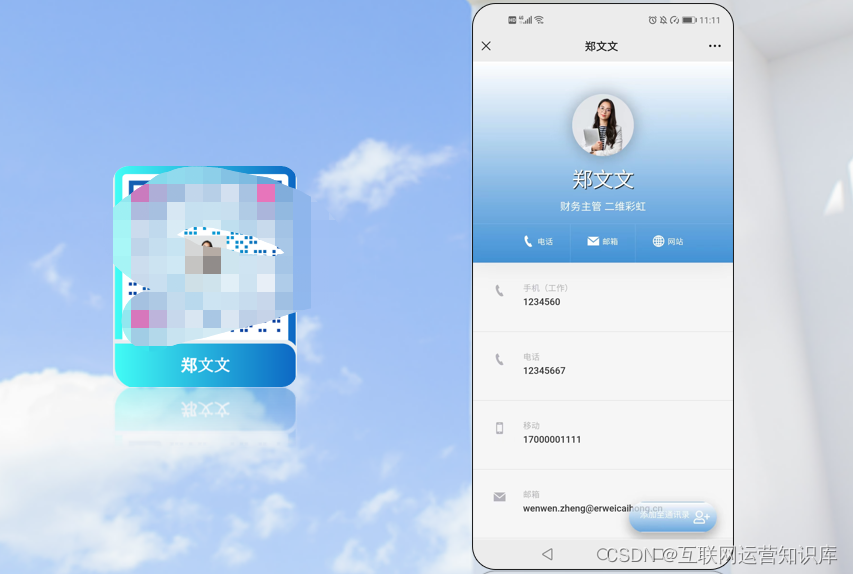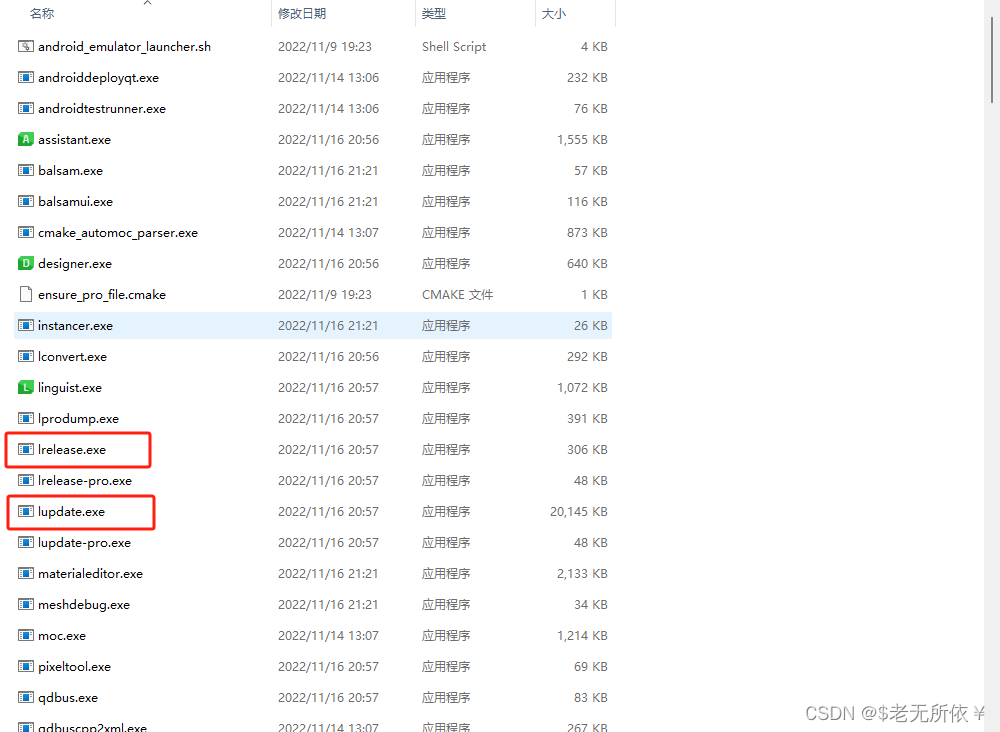本篇文章,小编将以“源码解析与在线问诊APP开发”为切入点,详细介绍搭建智慧互联网医院系统的过程。

一、智慧互联网医院系统的架构设计
- 系统架构概述
-前端
-后端
-数据库
- 功能模块划分
-用户
-预约
-挂号
-问诊、
-病历
-管理
-药品
-配送
……
二、源码解析
以简单的在线问诊模块为例,进行源码解析。
- 数据库设计
首先,设计数据库表结构。在线问诊模块涉及的主要表有用户表(User)、医生表(Doctor)、问诊记录表(Consultation)。
-- 用户表
CREATE TABLE User (
id INT PRIMARY KEY AUTO_INCREMENT,
username VARCHAR(50) NOT NULL,
password VARCHAR(50) NOT NULL,
role ENUM('patient', 'doctor') NOT NULL
);
-- 医生表
CREATE TABLE Doctor (
id INT PRIMARY KEY AUTO_INCREMENT,
user_id INT,
specialty VARCHAR(100),
FOREIGN KEY (user_id) REFERENCES User(id)
);
-- 问诊记录表
CREATE TABLE Consultation (
id INT PRIMARY KEY AUTO_INCREMENT,
patient_id INT,
doctor_id INT,
consultation_time DATETIME,
description TEXT,
FOREIGN KEY (patient_id) REFERENCES User(id),
FOREIGN KEY (doctor_id) REFERENCES Doctor(id)
);
- 后端实现
后端使用Node.js和Express框架进行开发。
const express = require('express');
const app = express();
const bodyParser = require('body-parser');
const mysql = require('mysql');
app.use(bodyParser.json());
const db = mysql.createConnection({
host: 'localhost',
user: 'root',
password: 'password',
database: 'smart_hospital'
});
db.connect((err) => {
if (err) throw err;
console.log('Database connected!');
});
// 用户注册接口
app.post('/register', (req, res) => {
let user = req.body;
let sql = 'INSERT INTO User (username, password, role) VALUES (?, ?, ?)';
db.query(sql, [user.username, user.password, user.role], (err, result) => {
if (err) throw err;
res.send('User registered!');
});
});
// 在线问诊接口
app.post('/consult', (req, res) => {
let consult = req.body;
let sql = 'INSERT INTO Consultation (patient_id, doctor_id, consultation_time, description) VALUES (?, ?, ?, ?)';
db.query(sql, [consult.patient_id, consult.doctor_id, consult.consultation_time, consult.description], (err, result) => {
if (err) throw err;
res.send('Consultation record created!');
});
});
app.listen(3000, () => {
console.log('Server started on port 3000');
});
- 前端实现
前端使用React框架。
import React, { useState } from 'react';
import axios from 'axios';
function App() {
const [username, setUsername] = useState('');
const [password, setPassword] = useState('');
const [role, setRole] = useState('patient');
const [description, setDescription] = useState('');
const register = () => {
axios.post('/register', { username, password, role })
.then(response => {
alert(response.data);
});
};
const consult = () => {
axios.post('/consult', { patient_id: 1, doctor_id: 1, consultation_time: new Date(), description })
.then(response => {
alert(response.data);
});
};
return (
<div>
<h1>智慧互联网医院</h1>
<div>
<h2>用户注册</h2>
<input type="text" value={username} onChange={e => setUsername(e.target.value)} placeholder="用户名" />
<input type="password" value={password} onChange={e => setPassword(e.target.value)} placeholder="密码" />
<select value={role} onChange={e => setRole(e.target.value)}>
<option value="patient">患者</option>
<option value="doctor">医生</option>
</select>
<button onClick={register}>注册</button>
</div>
<div>
<h2>在线问诊</h2>
<textarea value={description} onChange={e => setDescription(e.target.value)} placeholder="描述病情"></textarea>
<button onClick={consult}>提交问诊</button>
</div>
</div>
);
}
export default App;

三、在线问诊APP开发
在移动互联网时代,开发一款便捷的在线问诊APP是智慧互联网医院系统的重要组成部分。我们可以使用React Native框架来开发跨平台移动应用。
- 环境搭建
首先,搭建React Native开发环境。安装Node.js后,使用以下命令创建React Native项目:
npx react-native init SmartHospitalApp
cd SmartHospitalApp
npx react-native run-android 或 npx react-native run-ios
- 开发APP功能
我们将主要实现用户注册和在线问诊功能,与前端网页类似。
import React, { useState } from 'react';
import { View, TextInput, Button, Text, Alert } from 'react-native';
import axios from 'axios';
const App = () => {
const [username, setUsername] = useState('');
const [password, setPassword] = useState('');
const [role, setRole] = useState('patient');
const [description, setDescription] = useState('');
const register = () => {
axios.post('http://localhost:3000/register', { username, password, role })
.then(response => {
Alert.alert(response.data);
});
};
const consult = () => {
axios.post('http://localhost:3000/consult', { patient_id: 1, doctor_id: 1, consultation_time: new Date(), description })
.then(response => {
Alert.alert(response.data);
});
};
return (
<View style={{ padding: 20 }}>
<Text style={{ fontSize: 24 }}>智慧互联网医院</Text>
<View style={{ marginVertical: 20 }}>
<Text style={{ fontSize: 18 }}>用户注册</Text>
<TextInput value={username} onChangeText={setUsername} placeholder="用户名" />
<TextInput value={password} onChangeText={setPassword} placeholder="密码" secureTextEntry />
<TextInput value={role} onChangeText={setRole} placeholder="角色(patient或doctor)" />
<Button title="注册" onPress={register} />
</View>
<View style={{ marginVertical: 20 }}>
<Text style={{ fontSize: 18 }}>在线问诊</Text>
<TextInput value={description} onChangeText={setDescription} placeholder="描述病情" multiline />
<Button title="提交问诊" onPress={consult} />
</View>
</View>
);
};
export default App;
结论
通过上述源码解析与APP开发实例,我们可以看到,虽然实现一个完整的智慧互联网医院系统涉及诸多技术细节,但通过合理的架构设计和技术实现,可以高效地完成系统开发,为患者提供便捷、高效的医疗服务。

